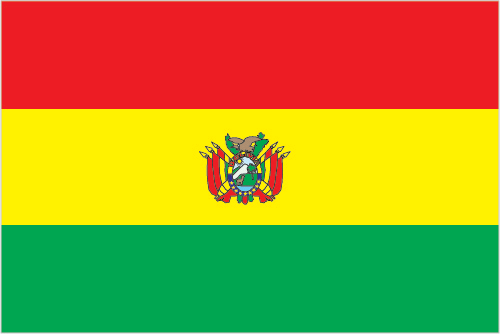
Bolivia, named after independence fighter Simon BOLIVAR, broke away from Spanish rule in 1825; much of its subsequent history has consisted of a series of nearly 200 coups and countercoups. Democratic civilian rule was established in 1982, but leaders have faced difficult problems of deep-seated poverty, social unrest, and illegal drug production. In December 2005, Bolivians elected Movement Toward Socialism leader Evo MORALES president - by the widest margin of any leader since the restoration of civilian rule in 1982 - after he ran on a promise to change the country's traditional political class and empower the nation's poor, indigenous majority. In December 2009, President MORALES easily won reelection, and his party took control of the legislative branch of the government, which will allow him to continue his process of change. In October 2011, the country held its first judicial elections to select judges for the four highest courts.
tin, natural gas, petroleum, zinc, tungsten, antimony, silver, iron, lead, gold, timber, hydropower
arable land: 3.49%
permanent crops: 0.2%
other: 96.31% (2011)
10,631,486 (July 2014 est.)
country comparison to the world: 82
Quechua 30%, mestizo (mixed white and Amerindian ancestry) 30%, Aymara 25%, white 15%
Roman Catholic 95%, Protestant (Evangelical Methodist) 5%
Spanish (official) 60.7%, Quechua (official) 21.2%, Aymara (official) 14.6%, Guarani (official), foreign languages 2.4%, other 1.2%
note: Bolivia's 2009 constitution designates Spanish and all indigenous languages as official; 36 indigenous languages
definition: age 15 and over can read and write
total population: 91.2%
male: 95.8%
female: 86.8% (2009 est.)
La Paz
republic; note - the new constitution defines Bolivia as a "Social Unitarian State"
6 August 1825 (from Spain)
Independence Day, 6 August (1825)